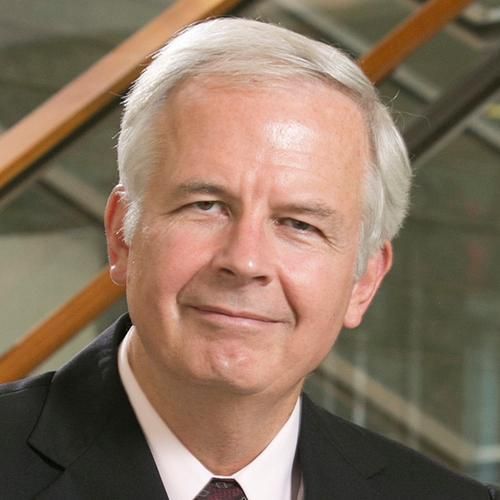Engineering the tissue which encapsulates subcutaneous implants. I. Diffusion properties.
This report uses normal rat subcutis as a reference point to provide a quantitative analysis of small analyte transport through the tissue which encapsulates implants. Polyvinyl alcohol (PVA) with 60- and 350-micron mean pore size (PVA-60, PVA-350), nonporous PVA (PVA-skin), and stainless-steel cage (SS) specimens were implanted in the subcutis of Sprague-Dawley rats for 4 weeks to elicit a range of capsular wound-healing tissues. Histologic examination showed that the capsular tissue which formed around PVA-skin and SS specimens was densely fibrous and avascular. That forming around PVA-60 and PVA-350 was less densely fibrous and more vascular. The fibrous content of capsular tissue and subcutis was determined from eosin-stained histologic sections. Dual-chamber diffusion measurements of sodium fluorescein (Mw 376 g/mol) through capsular tissue and normal rat subcutis were used to quantitatively compare the effective diffusion coefficients of small analytes on the order of glucose. The two most fibrous capsular tissues exhibited diffusion coefficients that were statistically (p < 0.05) less than that determined for rat subcutis by 50 and 25% for PVA-skin and SS, respectively. The diffusion coefficients of the less dense capsular tissue which formed around the porous implants were not statistically different from subcutis. The experimentally measured diffusion coefficients of the two most fibrous capsular tissues were closely predicted by a simple two-component diffusion model consisting of an aqueous interstitium with an array of impenetrable bodies equal in volume fraction to the fibrous content of the tissue. This model overestimates the diffusion coefficients measured for the least fibrous tissues. Using the diffusion coefficient measured for the PVA-skin capsular tissue, a finite difference model predicts that a 200-microns-thick capsular layer would increase from 5 to 20 min the time required for subcutaneously implanted sensor to detect 95% of the blood analyte concentration. This study suggests that the fibrous capsule forming around a subcutaneously implanted smooth-surface sensor imposes a significant diffusion barrier to small analytes such as glucose, thus increasing the lag time of the sensor by as much as threefold. A corollary observation is that a sensor with a porous surface which allows tissue ingrowth may be more responsive to blood analyte fluctuations as a result of its a more vascular and less fibrous encapsulation tissue.
Duke Scholars
Altmetric Attention Stats
Dimensions Citation Stats
Published In
DOI
ISSN
Publication Date
Volume
Issue
Start / End Page
Location
Related Subject Headings
- Rats, Sprague-Dawley
- Rats
- Polyvinyl Alcohol
- Models, Biological
- Implants, Experimental
- Fluorescein
- Epidermis
- Epidermal Cells
- Diffusion
- Biomedical Engineering
Citation
Published In
DOI
ISSN
Publication Date
Volume
Issue
Start / End Page
Location
Related Subject Headings
- Rats, Sprague-Dawley
- Rats
- Polyvinyl Alcohol
- Models, Biological
- Implants, Experimental
- Fluorescein
- Epidermis
- Epidermal Cells
- Diffusion
- Biomedical Engineering



